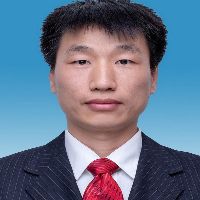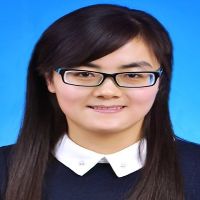Separation in Agricultural Waste Utilization
A special issue of Separations (ISSN 2297-8739). This special issue belongs to the section "Environmental Separations".
Deadline for manuscript submissions: closed (10 April 2024) | Viewed by 1303
Special Issue Editors
Interests: nutrient recovery; resource recycling; removal; biological methods; physicochemical methods
Interests: nutrient recovery; resources recycling; remove; biological methods; physicochemical methods
Special Issues, Collections and Topics in MDPI journals
Special Issue Information
Dear Colleagues,
The phenomena of resource excess and pollution coexist in agriculture. In the contemporary world, addressing such concerns is no longer a simple matter of treating polluting substances or waste. Indeed, the question of how to separate, extract and transform useful components in agricultural waste in order to achieve reductions in carbon emission, as well as the recovery, recycling and reuse of resources or nutrients, will be important. For example, agricultural sewage contains high concentrations of nitrogen and phosphorus substances that discharge excessive quantities of non-point-source pollutants into the environment. If these nitrogen and phosphorus precipitations can be for used in slow-release fertilizer, this development will be of great significance. The primary purpose of this Special Issue is to gather scholars’ experience regarding related technologies, measures, policies and the management of agricultural resource recycling models. We aim to promote the development of low-carbon, green and circular agriculture.
Dr. Lianzhu Du
Dr. Suli Zhi
Guest Editors
Manuscript Submission Information
Manuscripts should be submitted online at www.mdpi.com by registering and logging in to this website. Once you are registered, click here to go to the submission form. Manuscripts can be submitted until the deadline. All submissions that pass pre-check are peer-reviewed. Accepted papers will be published continuously in the journal (as soon as accepted) and will be listed together on the special issue website. Research articles, review articles as well as short communications are invited. For planned papers, a title and short abstract (about 100 words) can be sent to the Editorial Office for announcement on this website.
Submitted manuscripts should not have been published previously, nor be under consideration for publication elsewhere (except conference proceedings papers). All manuscripts are thoroughly refereed through a single-blind peer-review process. A guide for authors and other relevant information for submission of manuscripts is available on the Instructions for Authors page. Separations is an international peer-reviewed open access monthly journal published by MDPI.
Please visit the Instructions for Authors page before submitting a manuscript. The Article Processing Charge (APC) for publication in this open access journal is 2600 CHF (Swiss Francs). Submitted papers should be well formatted and use good English. Authors may use MDPI's English editing service prior to publication or during author revisions.
Keywords
- nutrient recovery
- resources recycling
- removal
- biological methods
- physicochemical methods






